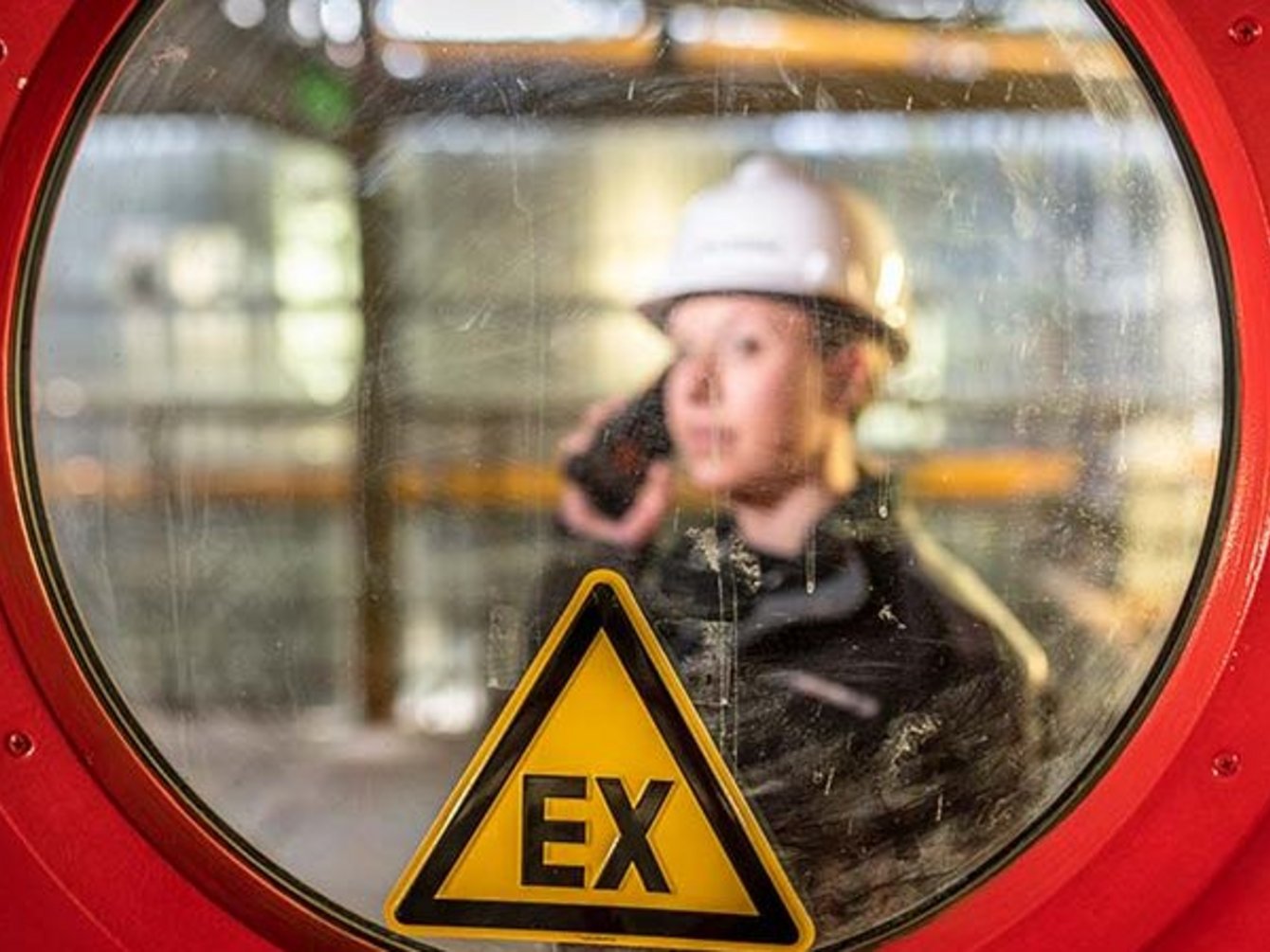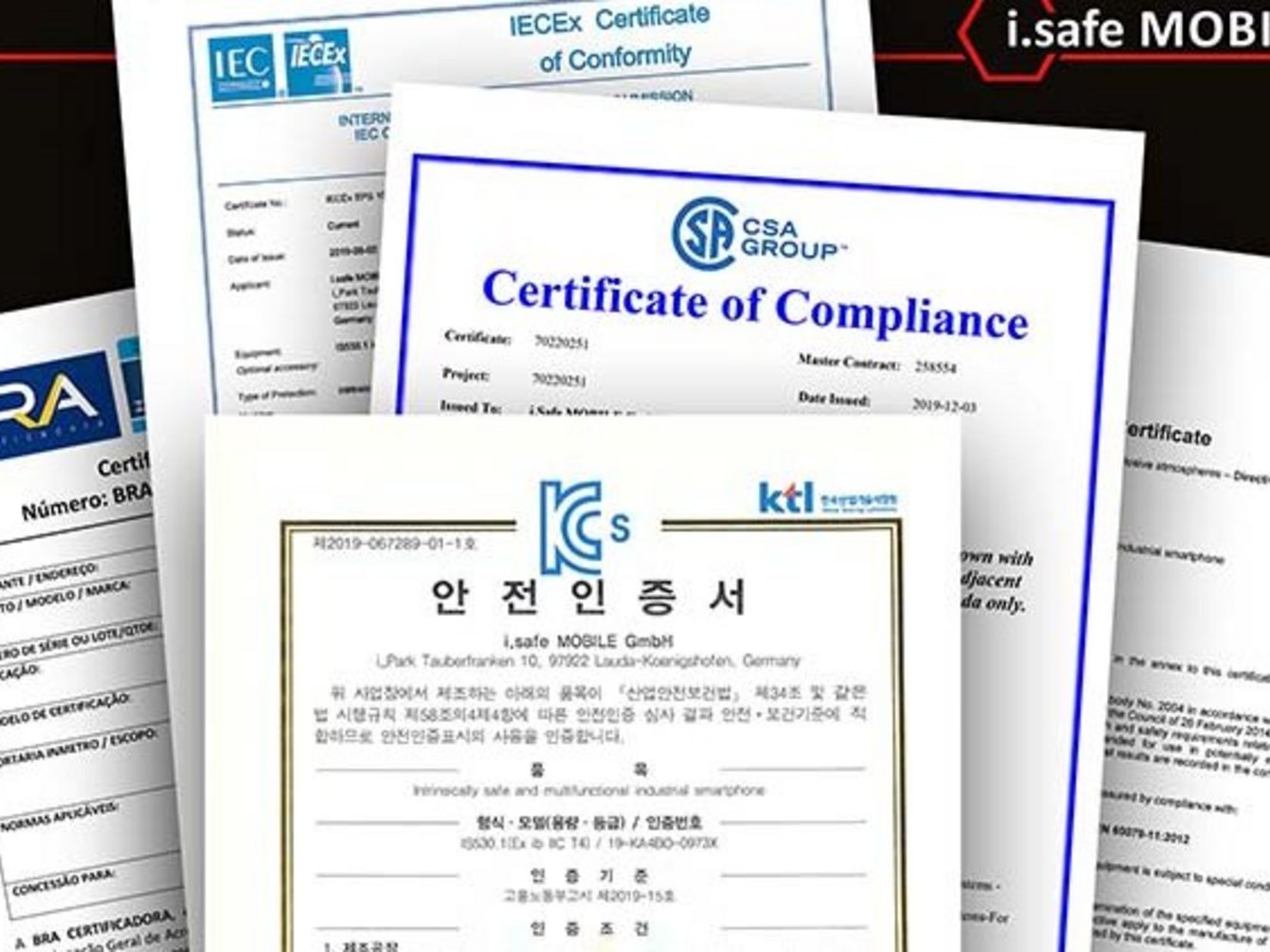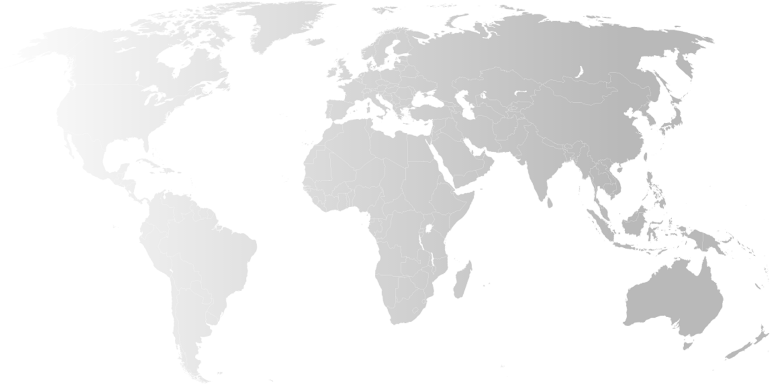INTERNATIONAL EX PROTECTION STANDARDS
An explosion-proof product must undergo a series of rigorous tests carried out by experts to ensure its safety.
There are a large number of different authorized test centers that certify explosion-proof equipment. The European certification is known as ATEX, the most widely used US agency is UL, while the best known Canadian agency is the CSA, and a general provider of certification around the world is referred to as IECEx. Every device that is used in potentially explosive areas must be certified according to these well-known standards.
For various countries and regions, additional local certificates are required in addition to the following standards. An overview of the most important, country-specific certificates can be found here.
1. ATEX DIRECTIVES FOR EUROPE
ATEX is the abbreviation for the French “ATmosphère EXplosibles”, which means “explosive atmospheres” in English. These are aimed at manufacturers and users of devices or protective systems that are used in potentially explosive areas.
The ATEX directive is divided into the ATEX product directive 2014/34/EU for manufacturers and the ATEX operating directive 1999/92/EG for system operators.
| a) ATEX directive 2014/34/EU for manufacturers |
|---|
| This specifies the essential health and safety requirements and stipulates the properties of the devices that are used in potentially explosive areas. It is aimed at manufacturers and regulates the placing on the market of explosion-proof, electrical and mechanical devices, components and protective systems. Devices and protective systems covered by Directive 2014/34/EU may only be brought onto the market if they are provided with a CE mark and an EU certificate of conformity is attached, stating that the basic health and safety requirements have been met and the applicable conformity assessment procedures have been followed. |
| b) Directive 1999/92/EG for system operators |
|---|
| This specifies minimum regulations for the safety requirements regarding the protection of workers and in order to avoid explosion accidents. They concern the operation of potentially explosive systems and are primarily aimed at employers and system operators. Under this directive, the operator must assess the system with regard to the risk of explosion and divide it into danger zones. |
2. THE WORLDWIDE IECEX SYSTEM
The IECEx is an international certification procedure for devices that are used in potentially explosive areas. IECEx stands for International Electrical Commission System for Certification to Standards Relating to Equipment for use in Explosive Atmospheres. The IECEx scheme is intended to standardize the national and international Ex standards. Thanks to internationally uniform standards, tests and test marks, the devices certified in accordance with IECEx are recognized worldwide.
Currently, IECEx is only approved in Australia and New Zealand without being converted into national certificates. Devices that have only IECEx approval are currently not allowed to be used in Europe.
3. NEC STANDARD FOR NORTH AMERICA
In North America, equipment that is used in potentially explosive areas is governed by the National Electrical Code (NEC). Potentially explosive areas come under the term "hazardous locations" in North America and are explained in Section 500 of the NEC, where the potentially explosive areas are divided into "Class" and "Divisions". Class I is used to designate areas in which flammable gases, vapors or mists occur. Class II denotes areas with dust, while Class III covers areas in which fibers or lint occur. Divisions 1 and 2 describe the frequency and duration of the occurrence of these substances in potentially explosive areas.



